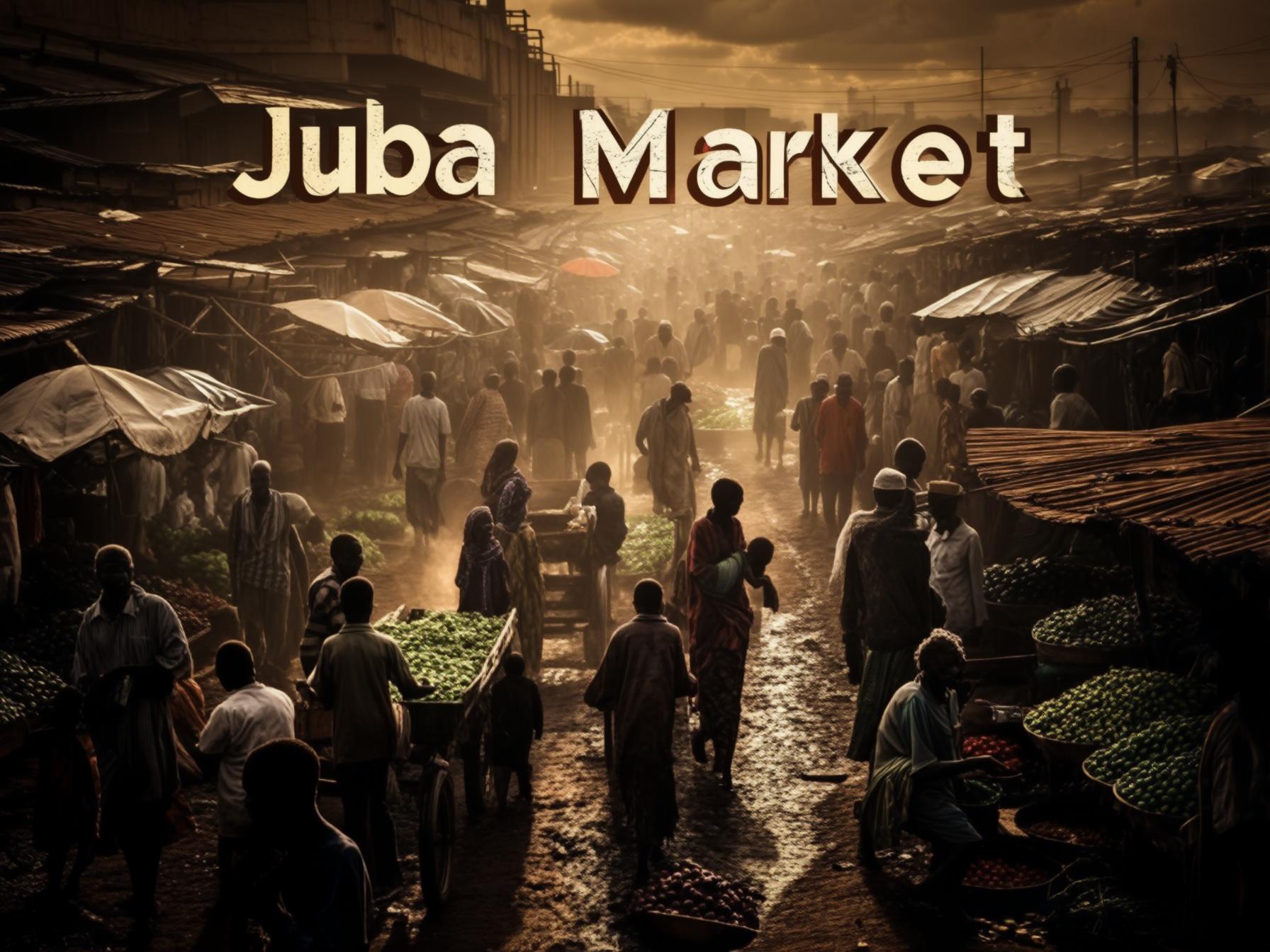Holiday in Juba
Explore Juba, South Sudan with this 3-day trip planner app. Immerse yourself in its vibrant culture and history with activities curated by an AI Travel Agent. Begin with a trip to Juba Market for unique crafts and cheap eats. Stroll along the Nile and dine at top restaurants in Juba, South Sudan. Discover local heritage at the National Museum and Juba Cathedral. Ascend Jebel Kujur for panoramic views. For adventure, fly to Terekeka for community engagement and fishing experiences. Book your trip to Juba with AI Travel for cheap flights and hotels in Juba, South Sudan. Engage with AI Travel and a Juba, South Sudan Travel Agent for optimal stays and to unlock Juba's hidden gems affordably. Ideal for frequent travelers and enthusiasts, this guide ensures a memorable cultural escape.
Day 1
Your exploration of Juba begins with a delightful mix of cultural immersion, scenic beauty, and authentic culinary experiences. Get ready to discover the vibrant heart of South Sudan's capital city.
Morning
- Start your adventure with a trip to Juba Market. This bustling hub of local culture is the perfect place to pick up unique South Sudanese crafts and sample fresh produce. Consider browsing for souvenirs or indulging in cheap eats that capture the essence of the region.
Afternoon
- Take a leisurely stroll along the banks of the iconic Nile River. Enjoy the scenic views and capture some beautiful photographs.
Evening
- As evening falls, dine at one of the local South Sudanese restaurants in Juba. Enjoy traditional dishes and get a taste of the local culinary scene.
Day 2
Experience the cultural and historical richness of Juba with a day packed full of enlightening activities. Dive into the archives of South Sudan's history, admire the city's architectural gems, and end your day with stunning views.
Morning
- Kick off the day with a visit to the South Sudan National Museum. This spot is a must-see for history buffs eager to learn more about the rich cultural heritage of Juba.
- Head over to Juba Cathedral next. This beautiful landmark offers a serene space to reflect and appreciate the city's architectural style.
Afternoon
- In the afternoon, head to Jebel Kujur Hill. This viewpoint offers some of the best panoramic views in Juba. It’s a great spot to relax and take in the sights, especially at sunset.
Day 3
On the final day of your journey, immerse yourself in adventure and local culture with a delightful trip to Terekeka. Engage with the community and enjoy a relaxing conclusion to your exploration of Juba.
Morning
- Venture out to Terekeka, a town along the White Nile, for a day trip. Take in the tranquil scenery and learn about the lifestyles of the local communities.
- Engage with local fishermen and villagers to understand their way of life and perhaps even enjoy some freshly caught fish.
Afternoon
Continue to explore the serene surroundings of Terekeka. The peaceful atmosphere is perfect for relaxation and reflection on your journey thus far.
Evening
- Return to Juba for a leisurely evening walk in the city center. Explore more of what the city has to offer, or revisit your favorite spots.
Frequently Asked Questions
The best time to visit Juba is during the dry seasons, which typically occur from November to March and June to August. During these months, the weather is more stable, and there is less rainfall, making it easier to explore the city and its surroundings. Visitors can enjoy outdoor activities and experience local culture without the challenges posed by heavy rains.
Juba, the capital of South Sudan, is considered a high-risk destination for tourists due to ongoing political instability, crime, and infrastructure challenges. Travelers are strongly advised to exercise extreme caution, stay updated on security developments, and consider avoiding non-essential travel. It is recommended to consult travel advisories issued by your government before planning a trip.
Yes, most travelers will require a visa to travel to Juba. It is recommended to check with the South Sudanese embassy or consulate in your country for specific visa requirements and application procedures. Some travelers may also need additional documents such as a valid passport, invitation letter, or proof of vaccination for entry.
Getting around in Juba can be done through several options. Public transportation is relatively limited, but travelers can use:
Boda-Bodas: These are motorcycle taxis and are a quick way to navigate the city, though safety precautions are recommended.
Private Taxis: These are available for hire and offer a safer and more comfortable alternative for getting around.
Car Hire: Renting a car with or without a driver can be arranged through local providers, which is ideal for more freedom in movement.
Walking is also possible for short distances, though it is advisable to remain cautious and aware of your surroundings.
When traveling to Juba, consider packing the following:
- Light and breathable clothing suitable for the tropical climate.
- Comfortable walking shoes.
- Sunscreen, sunglasses, and a hat for sun protection.
- Bug repellent to guard against mosquitoes.
- A reusable water bottle to stay hydrated.
- Essential toiletries and medications, including a first aid kit.
- Travel documents, including your passport, visa, and vaccination certificate (especially for yellow fever).
- A lightweight raincoat or umbrella, as rain is possible.
- Adapters or converters for electrical devices.
- Emergency cash in USD, as it's commonly accepted.
The cost of a 3-day trip to Juba can vary depending on factors such as accommodation, transportation, meals, and activities. On average, a budget traveler might spend:
- Accommodation: Budget hotels or guesthouses may cost around $50-$80 per night.
- Food: Daily meals could cost approximately $20-$40 per day depending on dining choices.
- Transportation: Local transport might cost around $10-$30 daily.
- Miscellaneous: Additional expenses for sightseeing or other activities could be $50-$100.
In total, a 3-day trip may cost around $300-$600 for a budget traveler. For mid-range or luxury options, costs would be higher.
.png)



